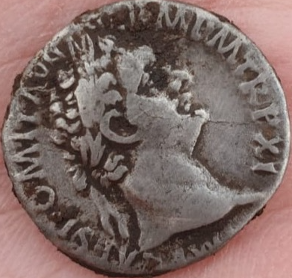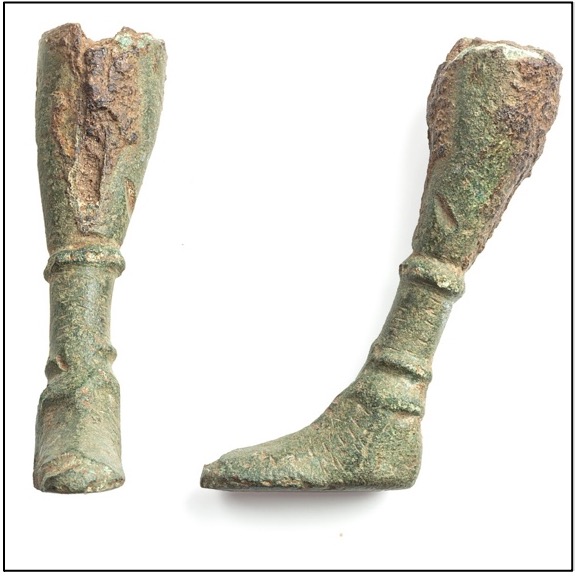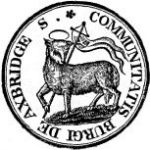First published in Local Reach
As is normal with such major works, archaeologists have been involved with the project since the beginning. The settlement sits in a wealthy Roman landscape not far from the ancient lead mines at Charterhouse-on-Mendip and the Roman Villa at Wint Hill.
They have made some very interesting finds including the remains of a Roman roadside settlement stretching from the Wint Hill to the north down to Loxley Yeo river to south. The buildings are situated either side of the Roman road which follows the modern Max Mill Lane and which has probably been built and re-built several times over the period.

Although there is no evidence of industrial activity, the discovery of a commercial sized oven in an antechamber and other finds, suggest that the site might have been a sort of staging post. The site is of national significance and unique in the South West and Britain because of the high level of preservation of the site and the artefacts and its 2000 years of uninterrupted occupation. The artefacts and types of structures found indicate a higher level of wealth in the settlement than the experts would deem typical for this rural landscape.

Among the items discovered are brooches, pottery and coins from 2nd century AD through to 4th century AD. A further significant discovery under the floor of one of the buildings is a Roman baby burial – a typical burial method for ancient Roman people.
The site is still being excavated and is not accessible to the general public but they expect to complete the archaeology surveys in the Summer and will publish further information about the finds when the work is finished. They also plan to hold an Open Day when the artefacts will be on display.
